Career Academies at Valley High School
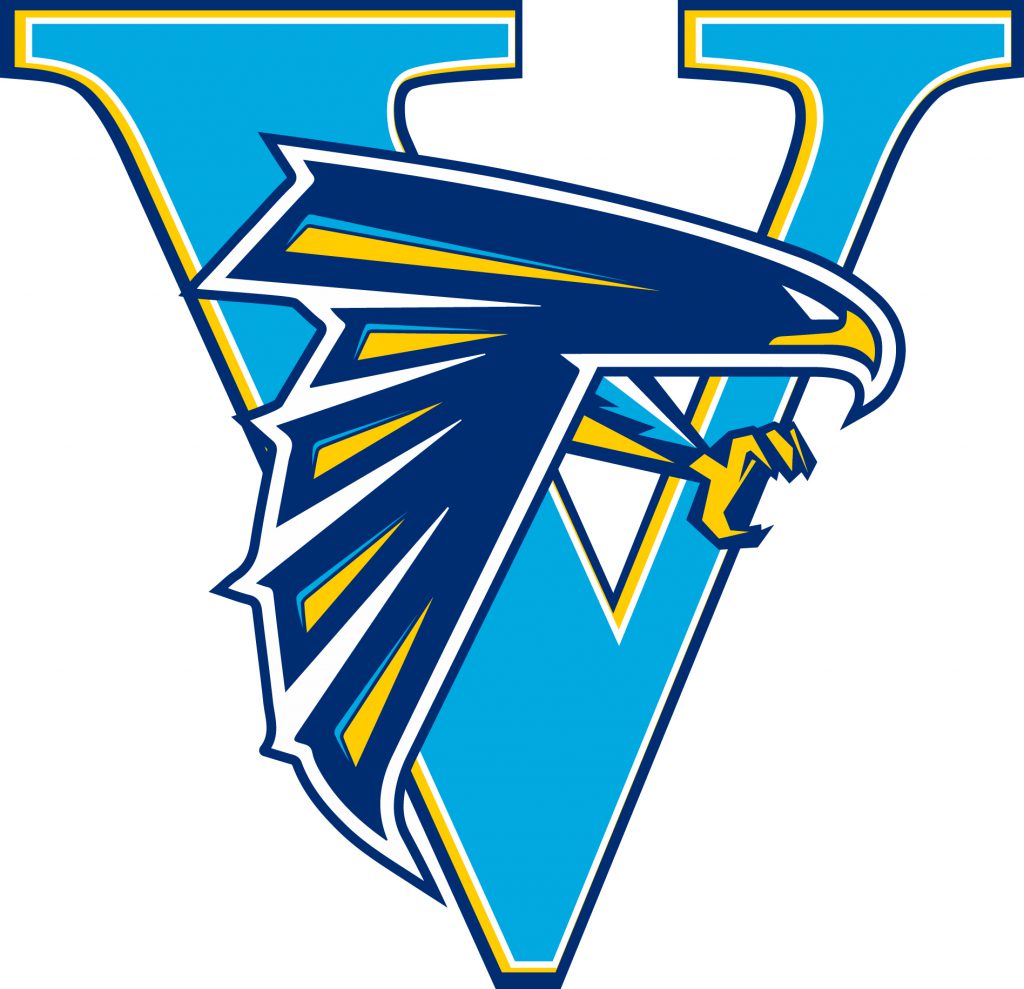
In 2015, Inflexion* began partnering with the leadership at Valley High School located in Santa Ana, California. During 2015-2016, the Inflexion team supported Valley’s goal to have all of its students participating in academies by providing technical assistance in the development, growth, and implementation of a wall-to-wall academies model. With over 40 years worth of research showing that the academy model is one of the best strategies for high school improvement and reform, increasing the likelihood of high school graduation (particularly for at-risk students and Latino and Black males), it has been the school’s mission to build on the strength of their academies and ensure that all students have the opportunity be part of an academy community. As they have made this shift, the school leadership and Inflexion team have been intentional about engaging a diverse group of stakeholders throughout the process to ensure school-wide buy-in. The wall-to-wall academies design team was made up of teachers, administrators, students, parents, community partners, and staff from High School Inc.
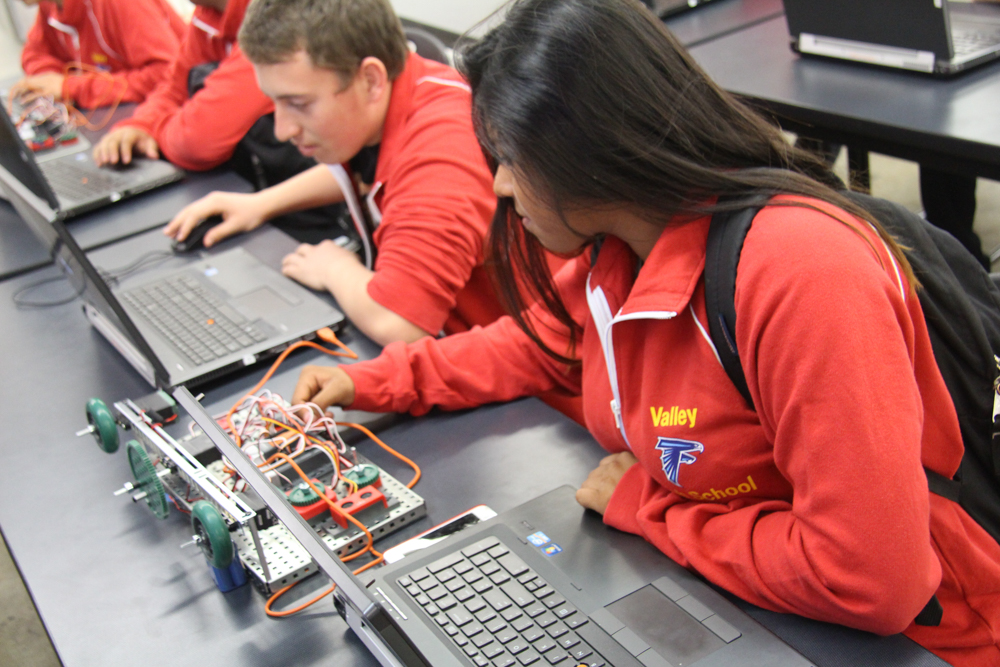
As the Inflexion team collaborated with the Valley staff to identify the school’s strengths, we found that the students in their career academies reported feeling a strong connection to both their academy community and to the Valley community as a whole. By analyzing the data, we found that students involved in academies were twice as likely to graduate from high school with the skills needed to enter the workforce and or attend post-secondary education. However, only about half of the students were participating in the academies at that time. 9th graders were not offered an academy, and 10th graders were given the option of opting out.
Once the leadership at Valley realized that students in academies were more engaged and more connected to the school community, they decided to transition Valley to a school that has wall-to-wall academies.
Inflexion consultants supported Valley’s goal to have all of its students participating in academies by providing technical assistance in the development, growth, and implementation of a wall-to-wall academies model. With over 40 years worth of research showing that the academy model is one of the best strategies for high school improvement and reform, increasing the likelihood of high school graduation (particularly for at-risk students and Latino and African American males), it has been the school’s mission to build on the strength of their academies and ensure that all students have the opportunity be part of an academy community.
As they made this shift, the school leadership was intentional about engaging a diverse group of stakeholders throughout the process to ensure school-wide buy-in. The wall-to-wall academies design team was made up of teachers, administrators, students, parents, community partners, and staff from High School Inc.
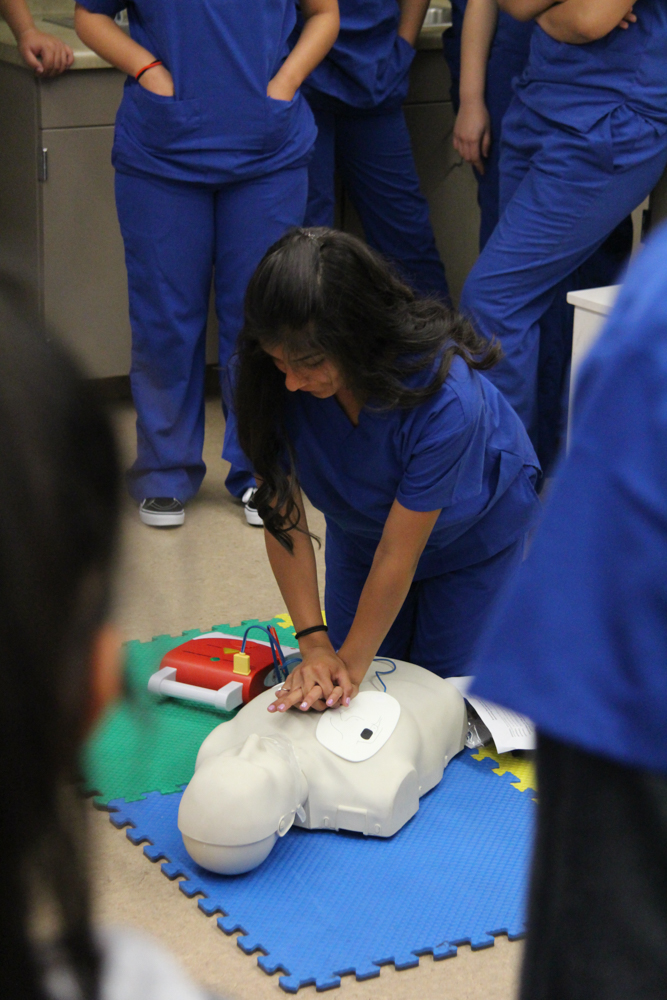
During the 2015/2016 school year, the design team met monthly in order to prepare for wall-to-wall implementation for the 2016/2017 school year. The team worked closely with the counseling department to design a new school schedule that created academy cohorts clustered around six career themes, and cross-disciplinary teams organized around these cohorts with common prep periods for staff collaboration. The academies that emerged were:
- Automotive, Transportation and Logistics
- Culinary Arts & Hospitality
- Global Business
- Engineering/Construction/Manufacturing
- Health Care
- New Media
High School Inc. is a non-profit located on Valley High School’s campus. Their goal is to provide small learning environments, multiple pathways to student success, and career academies to help students acquire specific skills needed for employment in high-tech industries. They partner with the Santa Ana Chamber of Commerce and Santa Ana Unified School District, and their success is made possible by the coordinated efforts of industry-led academy councils, businesses, specially trained faculty and post secondary education institutions.
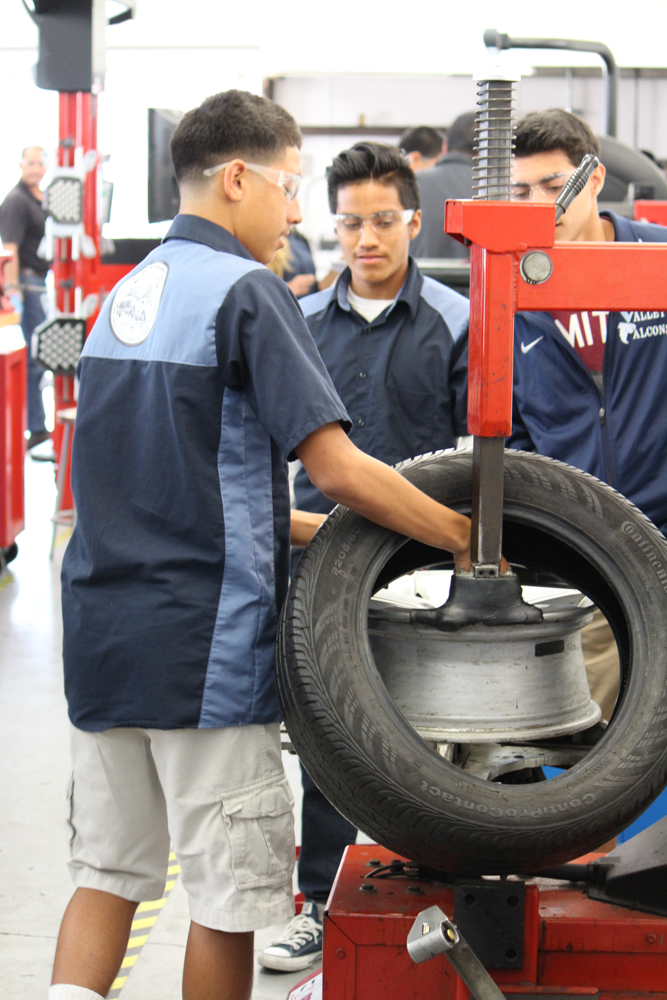
School leadership began the implementation process by ensuring all 9th and 10th graders at Valley High School were enrolled in an academy in the fall of 2016, with the goal to add additional cohorts each year until 100% of Valley students are in an academy. In addition to the academy design, there has been a drastic improvement in the number of courses offered at Valley that meet UC’s A-G requirements. Change takes time, and can sometimes be difficult, but Valley committed to this process because career academies have the ability to offer stronger connections to the educational needs and interests of individual students. Academies not only have the potential to give students strong content knowledge, but they also give students opportunities to develop other skills essential for both college and career—collaboration, critical thinking skills, time management, and goal setting skills—all of which promote hands-on learning and are needed to meet the demands of today’s economy.
Because of Valley’s commitment to providing all students with the opportunities to develop the skills needed to be college and career ready, they are transforming their structures and strategies, resulting in higher graduation rates, lower dropout rates, and students who are better prepared with the skills they need for life after high school.
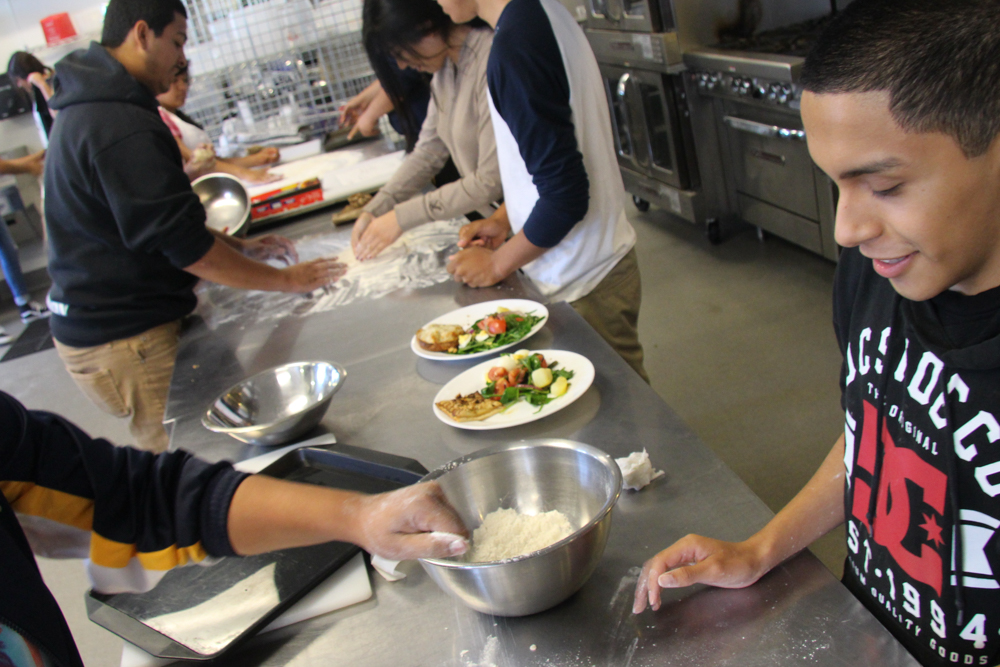
*At the time of this story in November 2016, Inflexion was still EPIC School Partnerships (ESP)
TOOLKIT RESOURCES FOR CREATING PATHWAYS FOR ALL STUDENTS
Toolkit is Portico’s free public library of grab-and-go resources that help you to focus more time on transforming learning to be relevant for all. We add new items at least twice a month, so be sure to check back in periodically.
Click the links below to start saving yourself time and get stuff done.










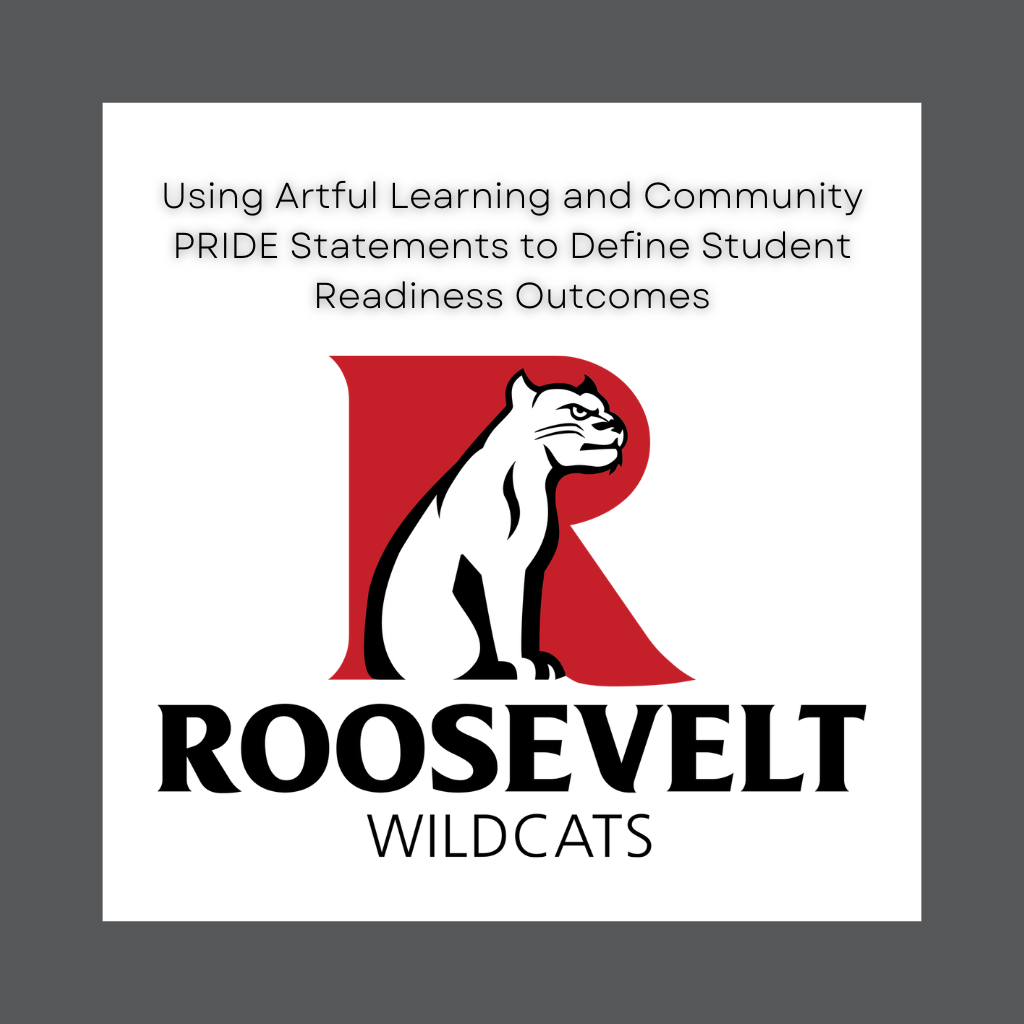
Responses